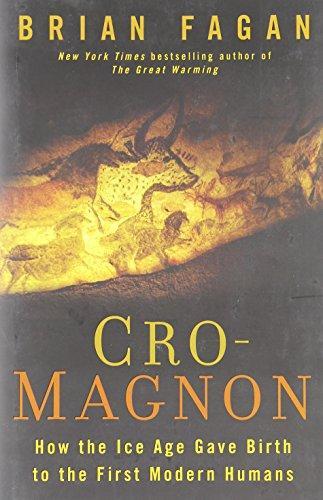Review of 'Cro-Magnon : how the Ice Age gave birth to the first modern humans' on 'Goodreads'
3 stars
If you come to think of it, it’s hard to really appreciate how much we have inherited in terms of our past, and by past I mean actual, physical, past, if you don’t have a way to relate to what our ancestors did, what they had to face, and how brutal and unwelcoming was their natural environment.
What this book offer us is not the tired old run-of-the-mill glimpse into that distant past. Through the lenses of Brian M. Fagan’s theoretical telescope built upon his wealth of archeological knowledge, we get a different picture, one that is more like a window, even if a small one, to whom those peoples were and how they evolved.
Even if you’re not particularly interested in this field of study, even if you think there’s little to be learned here for it matters little to what your life is for, if you give this …
If you come to think of it, it’s hard to really appreciate how much we have inherited in terms of our past, and by past I mean actual, physical, past, if you don’t have a way to relate to what our ancestors did, what they had to face, and how brutal and unwelcoming was their natural environment.
What this book offer us is not the tired old run-of-the-mill glimpse into that distant past. Through the lenses of Brian M. Fagan’s theoretical telescope built upon his wealth of archeological knowledge, we get a different picture, one that is more like a window, even if a small one, to whom those peoples were and how they evolved.
Even if you’re not particularly interested in this field of study, even if you think there’s little to be learned here for it matters little to what your life is for, if you give this book a try you’ll find it to be very engaging. Fagan’s narrative is compelling, even thrilling at times, but does not sacrifice accuracy for the sake of readability.
In the end, by peeking into Fagan’s telescope onto that distant and very much forgotten Cro-Magnon past, we end up not only valuing more our much fought and suffered bodily past, but also hear the faint echoes of their lives and troubles, deepening our sense of awe for their artistic and technical remains. In this sense, in spite of aligning or not with your immediate interests, this book is very much worth the time spent reading it.

